What Keis And Big Pickups Have In Common: A Galapagosization

Today’s Nikkei [sub] puts forth an interesting thought: Dependence on big pick-ups distracts the Detroit 3 on a global basis. Now, tiny kei cars could do the same to the Japanese. Writes the Nikkei:
“Part of the reason the Big Three U.S. automakers lost their international dominance is because they lagged foreign carmakers in implementing global strategies by clinging to large pickup trucks, which only do well in the U.S.”
“There is a concern that an excessive focus on minicars will lead to the “Galapagosization” of Japan’s auto industry.”
Minicars, or “kei” cars are a rapidly growing segment in an otherwise stagnant Japanese auto market. In April, keis took 40 percent of the Japanese market. Elsewhere: Zero. Keis are a Japanese phenomenon, and nearly non-existent outside of Japan. Says the Nikkei:
“The Maruti 800, which was produced by Suzuki for the Indian market based an older design for its Alto and was wildly popular, is perhaps the sole exception. But the car was equipped with an 800cc engine for the Indian market because a 600cc model was seen as underpowered.”
In trade talks, negotiators have criticized Japan for giving special tax and insurance treatment to minivehicles. But, says the Nikkei:
“Japanese carmakers may find that relying excessively on a protected domestic market poses a bigger risk than opening up to the world. Automakers should bring their advanced minicars to other countries, such as emerging markets, to show that their vehicles are not products of the Galapagos syndrome.”

Bertel Schmitt comes back to journalism after taking a 35 year break in advertising and marketing. He ran and owned advertising agencies in Duesseldorf, Germany, and New York City. Volkswagen A.G. was Bertel's most important corporate account. Schmitt's advertising and marketing career touched many corners of the industry with a special focus on automotive products and services. Since 2004, he lives in Japan and China with his wife <a href="http://www.tomokoandbertel.com"> Tomoko </a>. Bertel Schmitt is a founding board member of the <a href="http://www.offshoresuperseries.com"> Offshore Super Series </a>, an American offshore powerboat racing organization. He is co-owner of the racing team Typhoon.
More by Bertel Schmitt



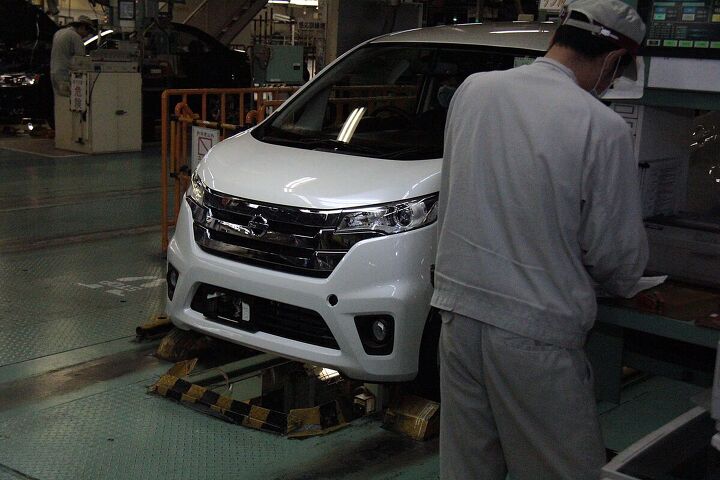















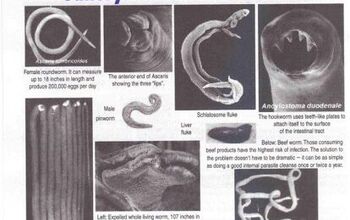



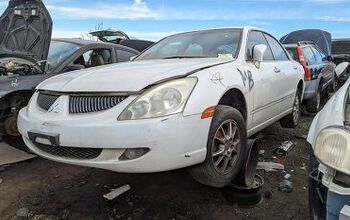
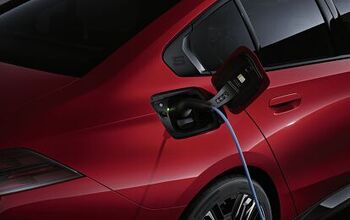
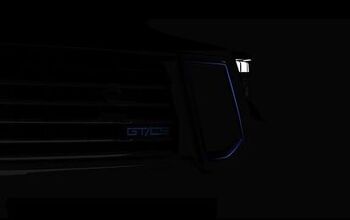
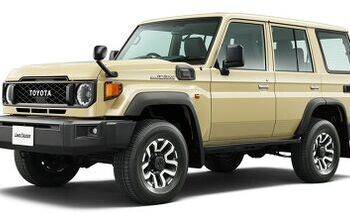
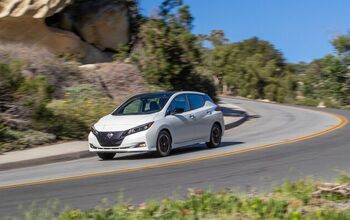
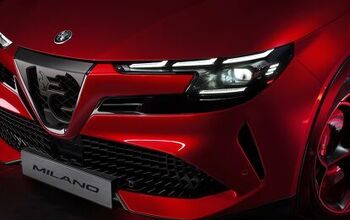
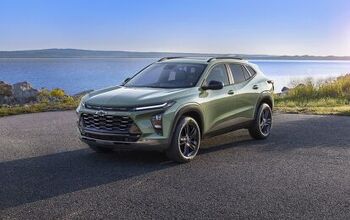
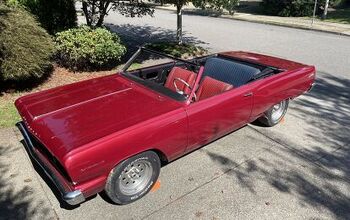
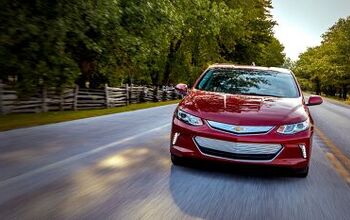
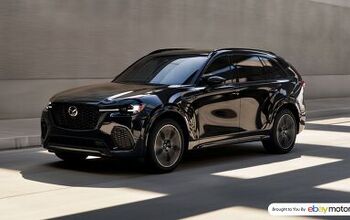
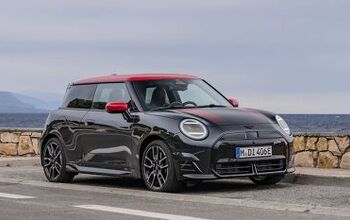
Comments
Join the conversation
Exhibit C would be the dominance of diesel engines in Europe, but not in the US. With the exception of emerging markets like India/China, the kei cars won't get much traction anywhere else. Federalizing them in the US is unrealistic, there'd be no profit in such little cars, and also no sales. Even the most congested city in the US couldn't justify the need for such a vehicle. And here's another thought - the US and Japan are such large markets that their home mfrs don't really need to sell these vehicles elsewhere.
I was in Japan over the winter for several weeks, mostly in the countryside. In my mother-in-laws's neighborhood Keis were ubiquitous. I would say 95% The main reason is that once you get off the main highways, Japanese roads are much narrower than even European roads, and their "curbs" are rain gutters about a foot wide and a foot deep. If you put a wheel in one you are calling a tow truck. Cars that we think of as "small" like a BMW 1 series or Prius appear and are huge in this environment. Two Kei cars meeting on a country road can pass each other easily. If either car is a regular compact car, that person is going to back up until there is a spot where both cars can pass. And those gutters are even easier to hit driving backwards. Once you get into the cities where there are wide modern roads, the percentage of Keis drops to around 20%. I even saw some big detroit iron rolling on crazy spinner rims, which my wife assured me could only be yakuza cars. Like America, and the Galapagos, Japan is a unique geography, and her cars have evolved to thrive in it, regardless of their global marketability.
I've actually have seen quite a few Keis over here. They have become very popular with farmers and they are being shipped over fairly cheaply priced. They get tagged in Mississippi and I don't think they are supposed to be used on highways but I see them all over.
I once owned an almost kei car in the USA - the famous/infamous Daihatsu Charade. It must have been 1990, and I needed a good, reliable cheap used car to commute between Dallas and Baton Rouge on a weekly basis. As per my usual habit, I sought a GOOD vehicle that was cheap because nobody wanted it. A four cylinder luxo version (A/C and automatic tran) of the Daihatsu kei car with 12k miles at $3,500 fit the bill. The operative phrase is "cheap because nobody wanted it". It proved to be a pretty good car even for a use for which it had not, in anyway shape or form, been designed. It gave up the ghost at about 110k miles. Not too bad considering I drove it like a rented mule. So, selling a kei car in North America has been tried. It failed. Indeed, it didn't just fail. It failed utterly. Yet, as a former owner, I liked the product and wanted to buy another one had it been available. Replaced it with a 1990 Sterling (the model with the decent electronics) - same theory as the Daihatsu. Liked it too, but a bit too much Rover and not enough Honda. P.S. Isn't Daihatsu now mostly (or entirely?) owned by one of the Japanese major car companies? Toyota?